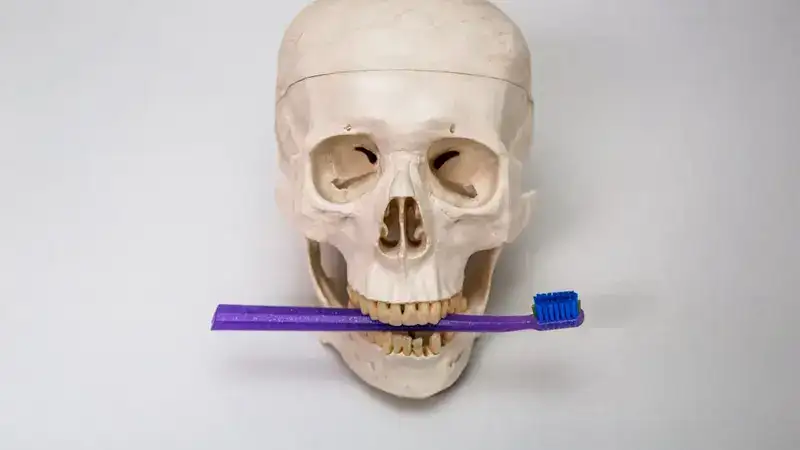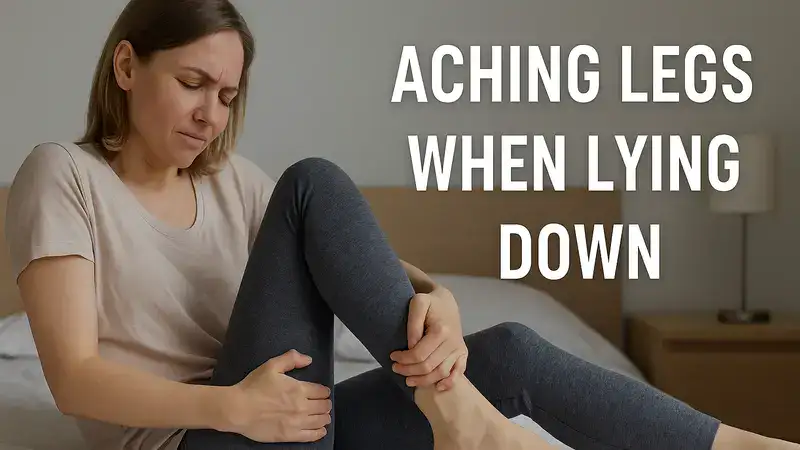Bone stimulators for foot devices help heal fractures by sending energy to the injury. Doctors use these devices as non-surgical treatments for difficult foot injuries. Bone stimulators can be external devices or implants placed near the injury. They deliver tiny electrical or ultrasound pulses to the broken bone, enhancing natural healing processes. Patients must apply stimulators daily as directed by physicians.
How Bone Stimulator For Foot Devices Work
Bone stimulator for foot devices use electromagnetic or sound energy to drive bone repair. These devices stimulate bone cells (osteoblasts) to increase matrix synthesis and proliferation. They generate pulsed energy that affects cell signaling in bone tissue. This process encourages bone remodelling and new bone formation, increasing bone density. Researchers have observed new bone growth around stimulators in lab studies.
Types of Bone Stimulator Devices
Noninvasive bone stimulators for foot units include LIPUS and PEMF devices. LIPUS devices like Exogen sit on skin or cast and send sound waves through bone. PEMF stimulators use an external pad to generate pulsed electromagnetic fields that penetrate tissues and reach bone. Patients apply these devices for several minutes per day to support healing. They are noninvasive, painless, and safe.
Implantable Bone Stimulator For Foot Devices
An implantable bone stimulator for the foot may boost healing in high-risk foot surgeries. Surgeons use them in difficult cases such as ankle fusions or Charcot foot reconstructions. One study found 26 of 40 feet (65%) achieved union after DC stimulator in complex foot cases. These results suggest the stimulator aided healing in many cases. However, complications like infection occurred in some patients.
Clinical Uses of Bone Stimulator Devices
Bone stimulators for foot devices serve specific foot-healing scenarios. Doctors use them for chronic nonunions, Charcot fusions, and stubborn stress fractures. They also aid healing when surgery fails. In one example, a stubborn talus fracture healed after adjunctive stimulation. Successful outcomes depend on case selection, timing, and patient compliance. Providers evaluate each patient individually and prescribe stimulators cautiously.
Evidence and Research on Bone Stimulator Effectiveness
Evidence specific to foot stimulation is limited. A review found electrical stimulators gave patients less pain and fewer nonunions. However, another analysis reported no clear benefit on bone healing. A large trial saw no advantage of ultrasound stimulation. Experts urge more research. In practice, doctors weigh potential benefits against cost and patient factors carefully.
Safety and Side Effects
Bone stimulators are generally safe with minimal side effects. Most users feel only mild warmth or tingling where the device is applied. Notably, external stimulators have no serious reported complications. Implantable stimulators carry typical surgical risks like infection. Doctors advise patients to follow usage guidelines carefully and protect the treated area. Overall, bone stimulation is low-risk compared to further surgery.
Insurance and Cost Considerations
Insurance and cost influence the use of bone stimulators. Many insurers cover stimulators only for approved indications. Patients should verify coverage and seek prior authorization. Studies show mixed costs: one found higher expenses with stimulator use, while another linked stimulators to long-term savings via faster healing. Patients may rent stimulators or get assistance to manage costs. Doctors guide patients through coverage and financing options.
Healing Time and Recovery Factors in Foot Fractures
Foot fractures often require 4–6 weeks to heal, and complex breaks may take 10–12 weeks. Patients may need crutches or special boots during recovery. Factors like diabetes, smoking, or poor circulation can slow healing. Bone stimulators deliver targeted energy to the injured foot to boost natural repair. They may be considered for nonunions when healing stalls beyond nine months.
Bone Stimulator For Foot Use in Diabetic Charcot Foot
Diabetic Charcot foot involves weakening and fracture of bones from neuropathy. This complex condition often requires surgery to fuse unstable foot joints. Surgeons may use bone stimulators during Charcot fusion to aid healing. In one study, Charcot hindfoot fusions with stimulators improved function scores dramatically. Early data suggest stimulators can significantly improve union in Charcot reconstructions.
Research on Bone Stimulator For Foot for Stress Fractures
Bone stimulators have been studied for foot stress fractures. One trial of Jones (5th metatarsal) fractures treated surgically found no healing difference between patients who used a LIPUS stimulator and those who did not. More research is needed on their benefits in these cases. Doctors evaluate each fracture individually and consider patient health and activity before recommending stimulators.
Other Factors Affecting Foot Bone Healing
Other factors affect foot bone healing. Patients should ensure good nutrition since vitamins D and calcium are essential for bone repair. Smoking and diabetes greatly slow healing. Protected weight-bearing and physical therapy support recovery once the bone forms. A bone stimulator complements these measures but does not replace proper immobilisation or rehabilitation. Overall, stimulators work best alongside a complete treatment plan.
LIPUS Devices for Bone Stimulation
LIPUS devices use pulsed ultrasound to stimulate bone. In 1994, the FDA approved an ultrasound bone healing device for fresh fractures. Treatment typically involves 20 minutes per day of self-administered therapy. Ultrasound waves create micro-vibrations that may activate genes for bone repair. LIPUS is generally applied to foot fractures when healing is slow, only as an adjunct to standard care.
PEMF Devices in Bone Stimulator Therapy
PEMF stands for pulsed electromagnetic field. These noninvasive devices use battery power to generate low-level pulses that activate cellular pathways for bone formation. Patients typically wear a coil or pad over the foot for about 30–60 minutes per day. This therapy has no major side effects. It promotes healing by sending low-level pulses of electromagnetic energy to the injury site.
Contraindications and Precautions
Bone stimulators have few contraindications. Patients with active infections should avoid use until the infection is resolved. Implantable stimulators are avoided if the skin or tissue is compromised. Doctors typically avoid stimulators in patients with pacemakers or pregnancy. These devices do not harm nerves. Users must follow manufacturer instructions carefully. Stimulation is not recommended for children with open growth plates.
Advances and Future Directions in Bone Stimulator Research
Research on bone stimulation is active. New devices integrate sensors and mobile apps to track treatment. Scientists are testing different ultrasound frequencies and magnetic field patterns for better effects. Some studies explore combining stimulation with growth factors or drugs. Currently clinicians follow established protocols. Future trials may identify which foot injuries respond best. Patients should stay updated about new findings.
Conclusion
In conclusion, a bone stimulator for the foot can help in certain foot fracture cases. It should be used as part of a comprehensive treatment plan that includes proper immobilisation, nutrition, and rehabilitation. The evidence suggests it may reduce healing time or improve outcomes in difficult fractures. Patients must have realistic expectations, follow medical advice, and adhere to follow-up care closely.

